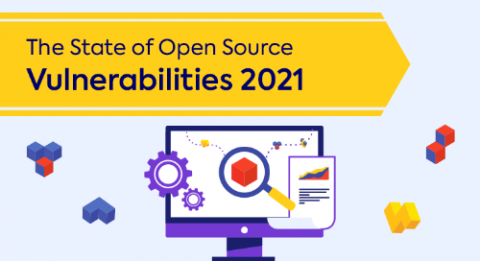Developer Security Champions Rule the DevSecOps Revolution
DevSecOps has fundamentally changed the way in which organizations approach security in modern software development. The role of developer security champion was created to meet the need for security to be tightly integrated into DevOps and DevSecOps practices. Read on to learn more about what developer security champions are and how they help promote secure coding best practices as organizations work toward continuous integration and delivery.











